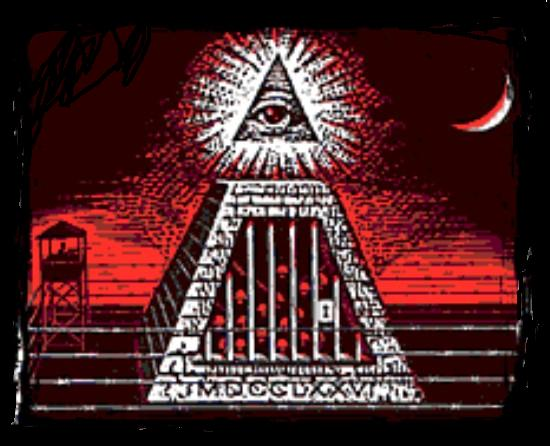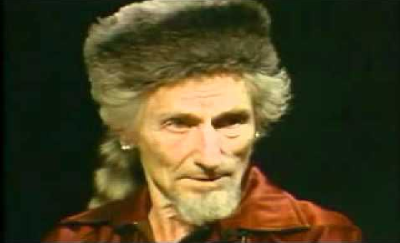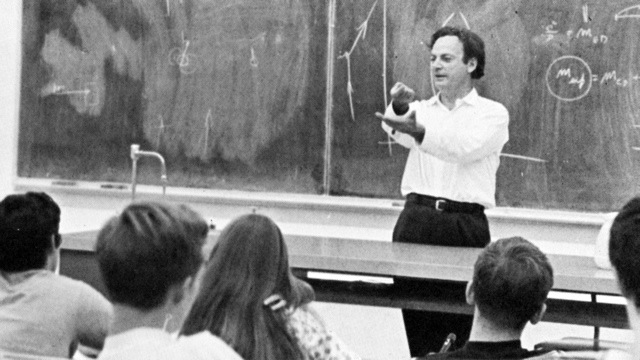While many adults would prefer to ignore it, a police state has already risen amongst the once free nations of the West. The legal framework and technology for this advanced big brother nightmare has been developing for decades, and as such, it is unlikely that the trend towards even greater surveillance, control and injustice will slow much in the coming years, even though the public is slowly awakening to what is happening.
The next generation of children may very well be the first to never experience privacy, and will be preyed upon their entire lives by the corporate state, ostensibly for purposes of security and marketing. As such it is imperative that today’s youths are given an honest explanation of what is happening along with hopeful guidance for navigating this brave new world.
What is to happen to the next generation? Are they to grow up knowing only subservience and submission to an all-seeing technological oligarchy? Or will they grow up to develop the personal power and intelligence to survive and thrive in this unfortunate environment?
Children are unlike adults in that they typically have a more intuitive way of reading the world around them. Too young to understand the logic of our chaotic and backward world, and too inexperienced to yet give into cynicism, kids also have a keen ability to know when someone should be trusted and when someone should be feared. The police state relies on it’s fearful image and tactics to maintain it’s power, and our young people are quick to see through this and spot the injustice, hypocrisy and the phoniness of adults.
In the classroom, children are taught the traditional nationalistic history, which celebrates and glorifies the past achievements of the state, repeating the idea that the nations of the West are governed by principle, morals, equal rights, democracy, and such. Being intuitively alert, it is impossible for the youth to be fooled by a painted picture like this, while all the while there is wanton violation of all this in the real world. The contradiction between this repeated lie and the real experience of living in a fearful security state contributes to inner conflict and reinforces the popular cognitive dissonance that renders so many adults useless in the effort to maintain personal liberty in these times.
It is imperative that we liberate the youths of today from the crippling fear that gives the police state it’s power. For this, here are some key considerations for discussion with today’s youth about life in a new age of tyranny:
- Keep your moral compass focused on the principles of liberty, peace and love. The alternative is submission, conflict and hate, which will absolutely destroy you, as it is destroys those who wold subjugate others.
- Be honest with them about what we are confronting. Let them know that this is not right, this is not normal, and this is not how life should be.
- What you are taught in school and in the media about how the world works is largely untrue.
- You must know and understand your rights in order to endure injustice. The Declaration of Independence, the Constitution and the Bill of Rights, the Magna Carta, and the volumes written on the subject of human freedom, liberty, the nature of tyranny offer moral guidance and inspiration. This is essential knowledge for confronting injustice and mustering courage.
- You must exercise the rights that you still have, as well as continue to exercise those rights which have been unjustly turned into privelages.
- Personal responsibility is crucial, as the alternative is apathy and indifference, which are crucial to rise of tyranny. This situation is your responsibility to deal with in whichever way you are guided to, but ignoring and refusing to acknowledge this is simply unacceptable.
- You are not alone in this, as there are already literally millions of people worldwide contributing to efforts to bring light onto what has come to operate in the dark. The movement towards global freedom is indeed growing in parallel with the move toward global slavery.
- It is not ok to emulate the leadership that we have now days, nor to join them in enforcing unjust law. It is also not ok to profit from intruding on someone else’s liberty and privacy.
- What happens to your neighbor and countrymen also happens to you. A predatory government always starts on the outskirts of society, first demonizing and persecuting fringe groups, then naturally evolving to toward more segments of society until everyone is a terrorist. By ignoring today the targeting of others, you contribute to your own persecution in time.
- Privacy is something very valuable and very critical for mental health and well-being. It is important to learn how to exercise privacy and to protect yourself when using technology. Learn how to opt-out, decline, and skillfully not-comply when possible.
- Taking care of your body, your mind, and spirit, and intentionally living with conscience will liberate you from the psychic and spiritual trap that is the control-freak matrix. It is designed to diminish your personal power and make your life seem insignificant. Turning your attention away from the mindless distractions and temptations of the media and focus instead on self-mastery and personal spiritual cultivation will help you to see through it’s illusions.
- History is full of tyranny, war and ugliness, yes, but it is also a continuing story of revolution, triumph, re-construction and love, so do not be fooled by those too afraid to put hope into action.
- Life is too short and too precious to live in fear of another human being. You deserve to be happy and enjoy your life, so it is your task to rise above this insanity.
 Preparing the future generation for the challenges plaguing humankind requires brutal honesty with them about the condition of the world, while offering them hope and direction by exposing them to the creative ideas that will improve things. We have, sadly, created many problems for the next generation, the police state being only one of them. Courageous souls are needed, and it is our responsibility to develop within the youth the personal power to move through this.
Preparing the future generation for the challenges plaguing humankind requires brutal honesty with them about the condition of the world, while offering them hope and direction by exposing them to the creative ideas that will improve things. We have, sadly, created many problems for the next generation, the police state being only one of them. Courageous souls are needed, and it is our responsibility to develop within the youth the personal power to move through this.
This article was inspired by the following video which offers a short glimpse into the tragic lives of some of Syria’s youth as their country descends further into all out war. The strength and poise of the children in this video is equally inspiring and heart-breaking and should give us all pause in considering how we prepare the next generation for the possibility of a better life than this…
About the Author
Sigmund Fraud is a survivor of modern psychiatry and a dedicated mental activist. He is a staff writer for WakingTimes.com where he pursues the possibility of a massive shift towards a more psychologically aware future for mankind.
This article is offered under Creative Commons license. It’s okay to republish it anywhere as long as attribution bio is included and all links remain intact.





















